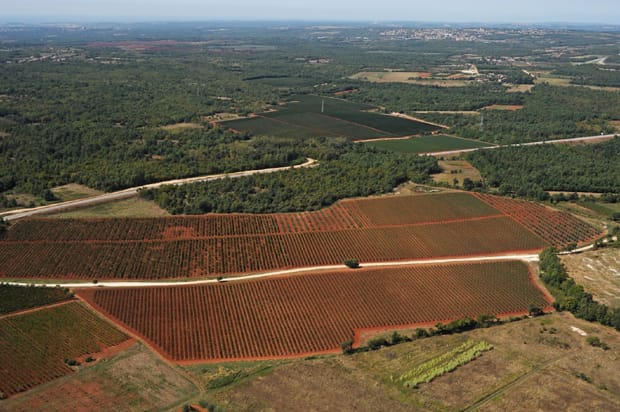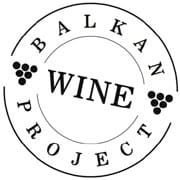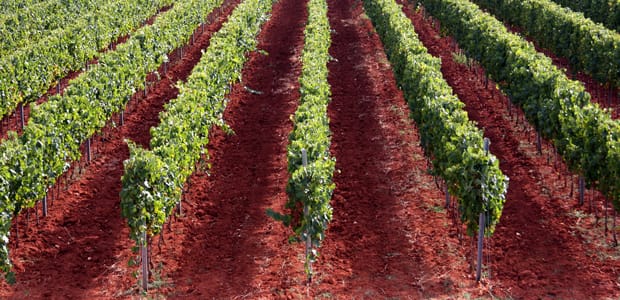As is the story with much of Central and Southeastern Europe, Croatian and Dalmatian viticulture predates the Roman Empire by several centuries. Recent carbon-dating evidence traces Illyrian winemaking as far back as the Bronze Age. During the Roman Empire, modern-day Croatia was important for two reasons. First, it was one of the Empire’s wine-producing centers as evidenced by amphorae, coins, tablets, and sunken galleys depicting winemaking in Dalmatia. And, second, many political leaders retired from Roman government and took up residence in Dalmatia. One such leader, Diocletian, established his retirement palace at Split where it can still be seen today.
Geographically, Croatia is a country of two halves. One half stretches for miles along the Adriatic Sea and enjoys a quintessentially Mediterranean climate. This area includes a section of the Dinaric Alps as well as the Istrian Peninsula. Along this coastal region, the average summer temperatures are between 70-80ºF which is almost ideal growing conditions for refined, elegant whites and food-friendly reds. Croatia’s other half lies inland and is dominated by the vast Pannonian Plain that stretches from Hungary to Austria and south to Serbia. While this area isn’t immediately recognized for its enological contributions, it is worthy to note that most of the Slavonian oak forest is located in inland and upland Croatia.
Most of the country’s most notable wine producing regions are located on Dalmatian islands. These islands are moderated by seaward breezes and their gentle hillside slopes make for optimal exposure paths. And, while Istria is not an island, it receives the same moderating influences of the Adriatic Sea. This diamond-shaped peninsula juts into the Mediterranean just east of Italy’s Friuli-Venezia Giulia region.
The Istrian Peninsula has bounced back and forth between Croatian/ Yugoslavian and Italian control so many times that many towns adopted the Alsatian practice of displaying street names in Croatian and Italian languages. Here, the culture is distinctly distinct. It incorporates elements of Balkan culture as well as Italian culture, but, at the end of the day, it is a culture all its own. This is particularly seen in the prevalence of orange wines produced on the peninsula.
Geographically, Croatia is a country of two halves. One half stretches for miles along the Adriatic Sea and enjoys a quintessentially Mediterranean climate. This area includes a section of the Dinaric Alps as well as the Istrian Peninsula. Along this coastal region, the average summer temperatures are between 70-80ºF which is almost ideal growing conditions for refined, elegant whites and food-friendly reds. Croatia’s other half lies inland and is dominated by the vast Pannonian Plain that stretches from Hungary to Austria and south to Serbia. While this area isn’t immediately recognized for its enological contributions, it is worthy to note that most of the Slavonian oak forest is located in inland and upland Croatia.
Most of the country’s most notable wine producing regions are located on Dalmatian islands. These islands are moderated by seaward breezes and their gentle hillside slopes make for optimal exposure paths. And, while Istria is not an island, it receives the same moderating influences of the Adriatic Sea. This diamond-shaped peninsula juts into the Mediterranean just east of Italy’s Friuli-Venezia Giulia region.
The Istrian Peninsula has bounced back and forth between Croatian/ Yugoslavian and Italian control so many times that many towns adopted the Alsatian practice of displaying street names in Croatian and Italian languages. Here, the culture is distinctly distinct. It incorporates elements of Balkan culture as well as Italian culture, but, at the end of the day, it is a culture all its own. This is particularly seen in the prevalence of orange wines produced on the peninsula.





